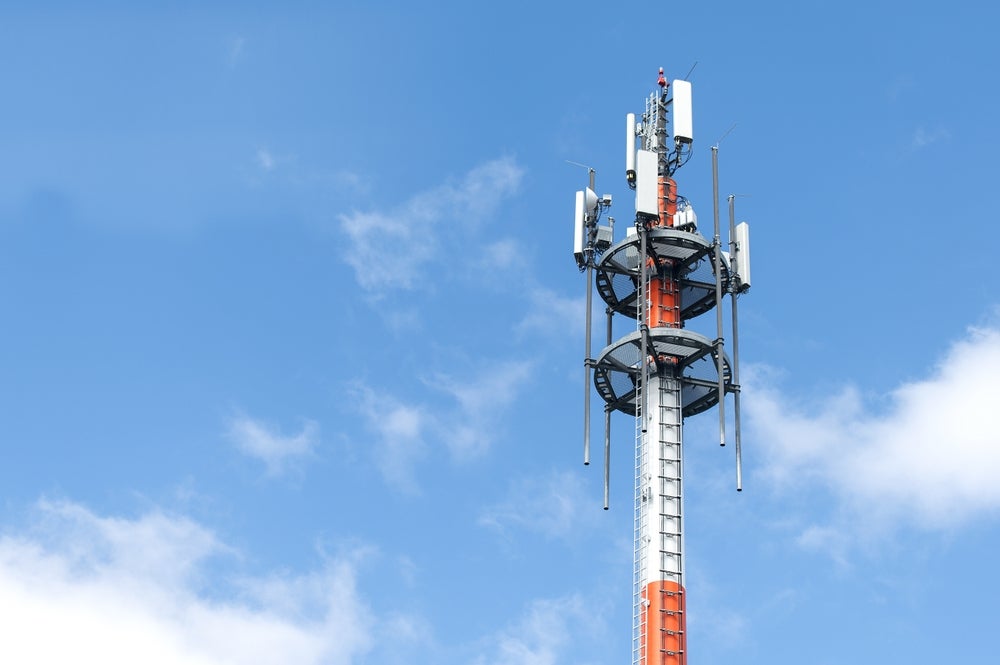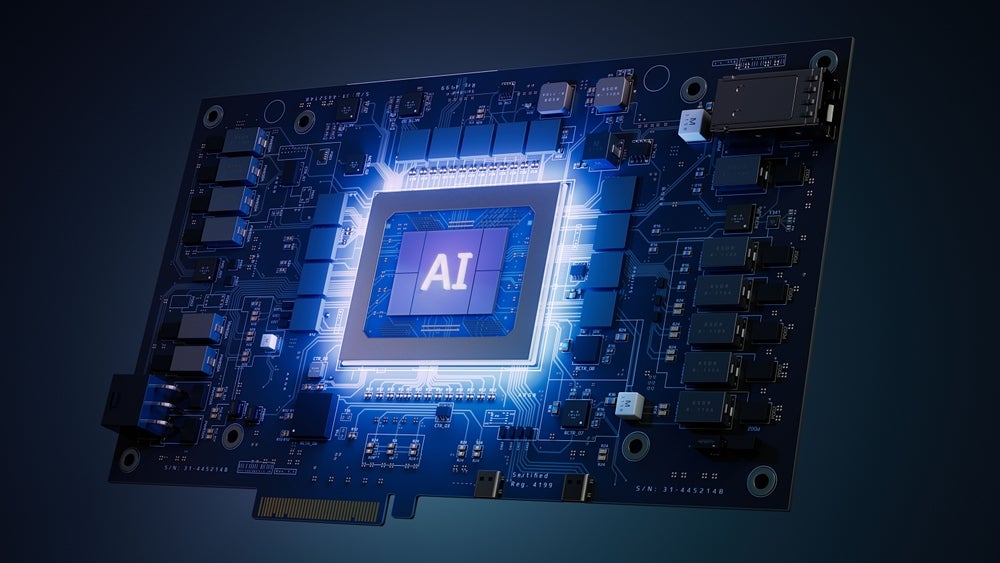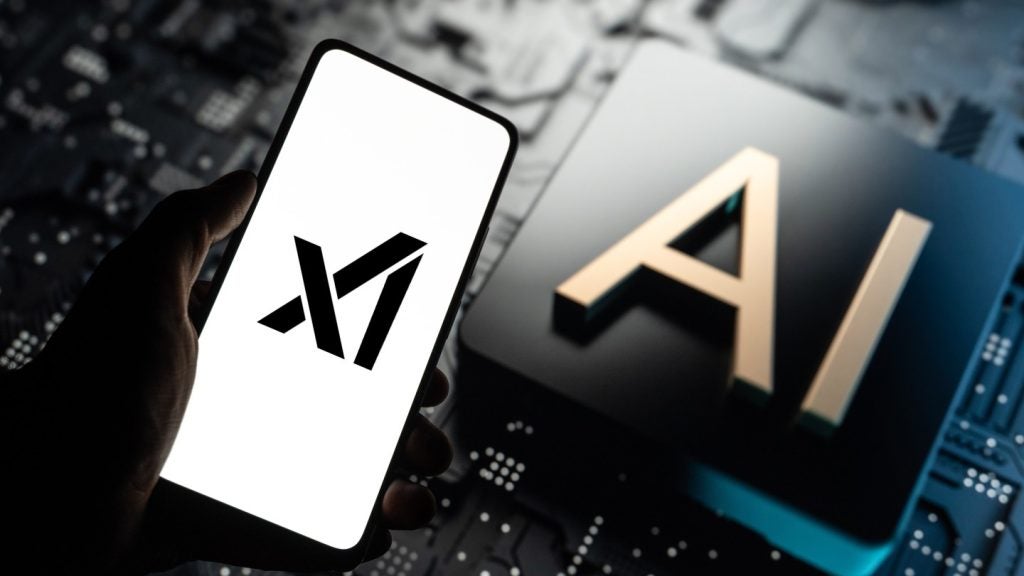
Intel will manufacture computer chips for semiconductor powerhouse Qualcomm as it becomes the first major customer of the recently formed Intel Foundry Services business unit.
Intel also announced a deal to provide its chip packaging technology to Amazon Web Services (AWS), which makes its own semiconductors to power its data centres.
It comes as the US company said it aims to regain a “leadership” position in the semiconductor market by 2025 after losing market share to rivals.
Intel is an integrated device manufacturer (IDM), which means it both designs and manufactures integrated circuits. In March newly appointed CEO Pat Gelsinger announced plans to spin out a new business unit dedicated to manufacturing semiconductors for other companies in a revamp aimed at meeting growing demand for chips and making Intel more competitive.
Other players in the chip industry, such as Qualcomm and Nvidia, create semiconductor designs but outsource manufacturing to separate companies with fabrication plants, such as Taiwan Semiconductor Manufacturing Company (TSMC) and Samsung.
Securing Qualcomm as a customer is a notable win for Intel Foundry Services, with the company’s Snapdragon chipsets ubiquitous in smartphones. However, the company is known to use multiple foundries to manufacture its chips and it is not clear how much business the deal will bring Intel.
How well do you really know your competitors?
Access the most comprehensive Company Profiles on the market, powered by GlobalData. Save hours of research. Gain competitive edge.

Thank you!
Your download email will arrive shortly
Not ready to buy yet? Download a free sample
We are confident about the unique quality of our Company Profiles. However, we want you to make the most beneficial decision for your business, so we offer a free sample that you can download by submitting the below form
By GlobalData“Building on Intel’s unquestioned leadership in advanced packaging, we are accelerating our innovation roadmap to ensure we are on a clear path to process performance leadership by 2025,” Intel CEO Pat Gelsinger said during a company webcast.
“We are leveraging our unparalleled pipeline of innovation to deliver technology advances from the transistor up to the system level. Until the periodic table is exhausted, we will be relentless in our pursuit of Moore’s Law and our path to innovate with the magic of silicon.”
Intel said it is introducing a new naming structure for its chips that brings it in line with competitors. Semiconductor names once matched their gate size in nanometers, but since 1997 the naming process became nothing more than a marketing exercise. Intel is set to join its rivals in using names that are not tied to gate size.
Its new line of chips to be released at various points over the next five years are: Intel 7, Intel 4, Intel 3 and Intel 20A.
Intel also announced two “breakthrough” process technologies: RibbonFET and PowerVia. The former is Intel’s first new transistor architecture in more than a decade, while Intel claimed the latter to be an “industry-first” for backside power delivery.
Beyond 2025, the company is developing Intel 18A and will start using next-generation ultraviolet lithography machines made by Dutch firm ASML. The company is the only supplier of the most advanced Extreme Ultraviolet (EUV) lithography machines, which are required to manufacture the latest and most powerful processing circuitry with the smallest gate sizes. The company reported a 241% surge in year-on-year profits in April as its machines were in high demand during the global semiconductor shortage.







